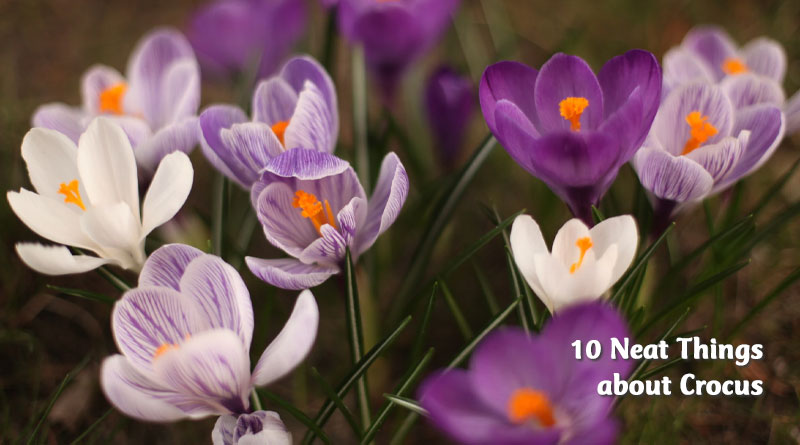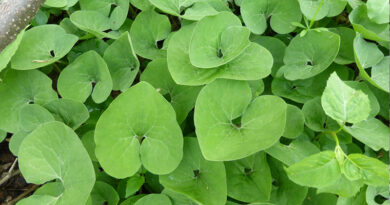About Crocus

1. Plural.
You can say “crocuses”, “croci” or “crocus” when you have more than one. Personally, I think “crocuses” is the clearest.

2. Fall-blooming crocuses.
Although the plant commonly called autumn crocus — Colchicum — is not actually one, there are some true crocuses that bloom in fall, but many of them are better suited to a Mediterranean climate. You might have some luck with Crocus banaticus, native to the Balkans; it is hardy to Zone 4.

3. Cursed squirrels!
Squirrels adore crocus bulbs. As do chipmunks. I’ve almost given up on planting them because so many get devoured before the snow falls — and the few that don’t get their heads chewed off in spring! You can keep the corms in the ground by fixing chicken wire over them; mulch will keep the chicken wire in place and hide it. The best way I’ve heard of to discourage the blooms getting eaten is to provide another source of easy food, like peanuts, for the darling little rodents.
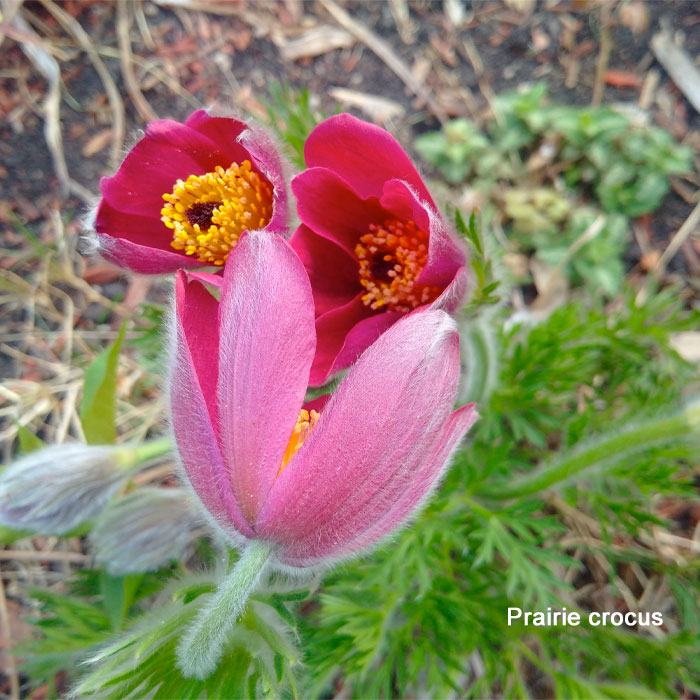
4. Prairie crocus.
The provincial emblem of Manitoba is not a true crocus but a type of Pasque flower (Pulsatilla patens). It does look just like a delicate little crocus though, a magical sight after the long Manitoba winter (and into summer), should you ever be lucky enough to find any in the wild. Growing up in Manitoba, I had the pleasure just once.

5. Saffron.
Saffron comes from Crocus sativus, an autumn-blooming variety that is reputedly hardy to Zone 4. The stamens of the bloom are what is harvested for saffron. There are only three per plant, which helps explain why saffron is so expensive. The word crocus comes from the word for saffron in several Semitic languages (Hebrew, Aramaic, Arabic).
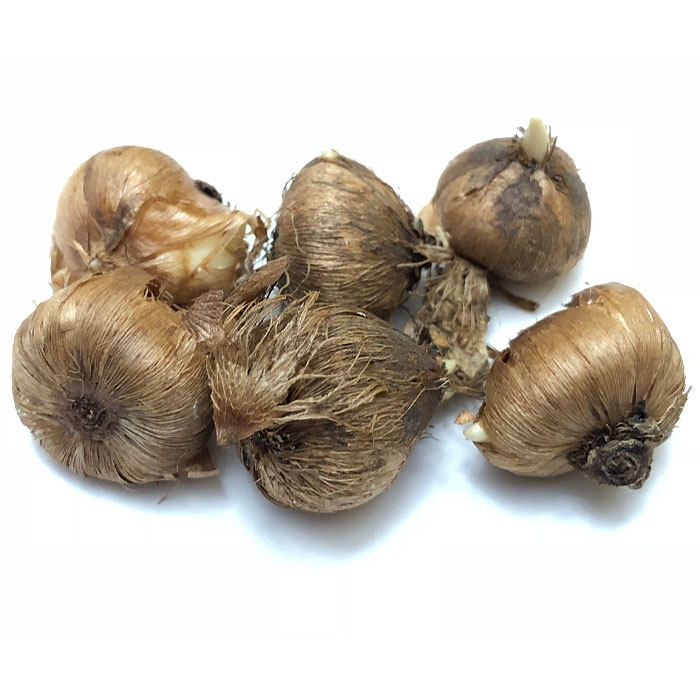
6. Corms and bulbs.
Crocuses grow from corms, which look much like bulbs and are treated the same but are physiologically different structures. A corm is a modified underground stem, swollen to store energy in the form of starch. If you cut open a bulb you find layers, even the formed flower that will emerge, but a corm is solid starch.
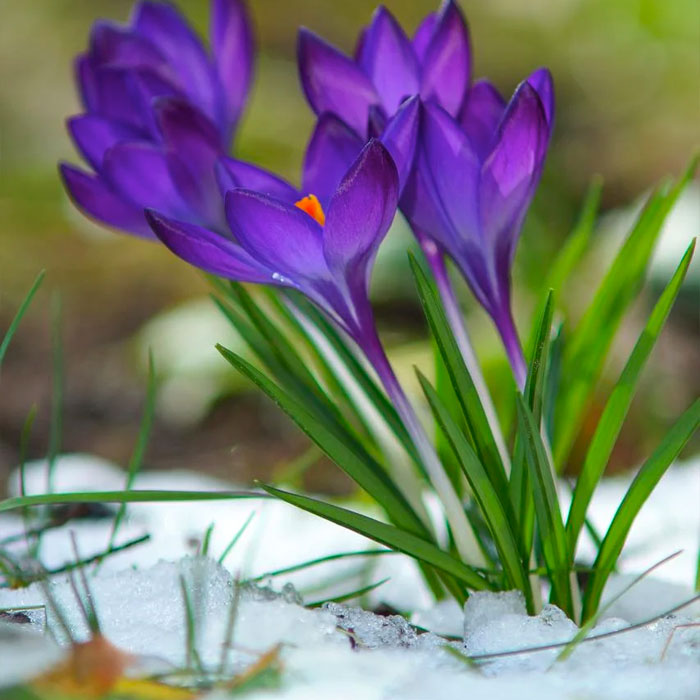
7. Snow on crocuses.
If a crocus has been in bloom fully for several days, sudden snow or a heavy rainfall will probably do in the blossom, though the rest of the plant will likely survive. They have survived their early blooming through the centuries because they close up, protecting the inner flower, when there is no sun.
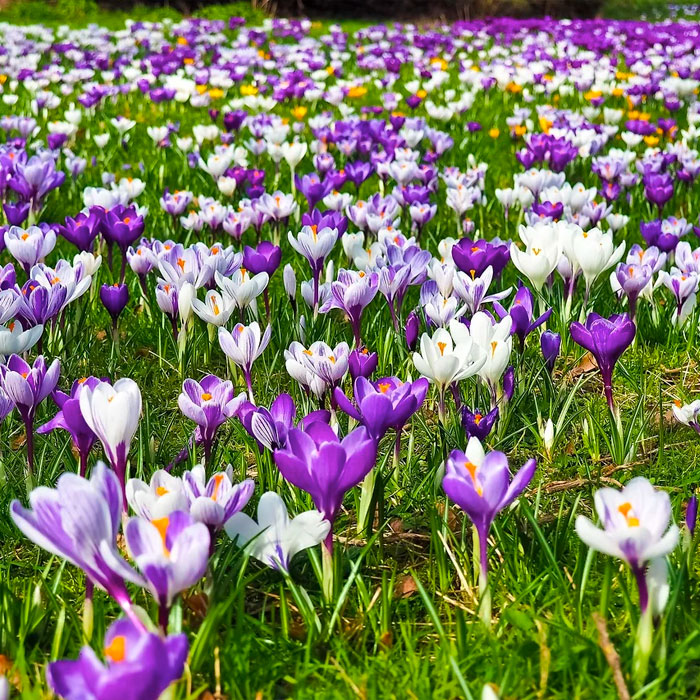
8. Naturalizing crocuses.
“Naturalizing” refers to getting a flower to reproduce itself and spread without much help. Crocuses are nice for naturalizing in lawns because they come up early, while the grass is still dormant and does not need mowing. They tend to reproduce well, increasing your count from year to year. The foliage also blends in nicely with the grass — which is important because you need to leave the foliage until it dies back. There is one spring-blooming bulb I prefer for naturalizing in lawns, though: scilla, which has tiny star-like blue flowers. It has the advantage of spreading readily both through seeds and through formation of bulblets.
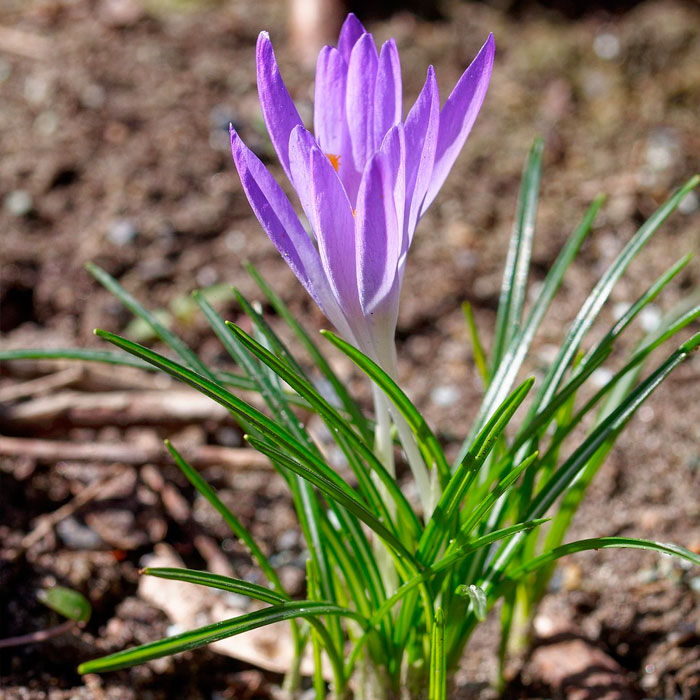
9. Leave the leaves.
Plants take energy from the sun through their leaves. Crocus leaves need the sun to store energy for the following year’s blooms. Don’t braid them and don’t cut them back. It’s the same for all the perennial bulbs. If you’re a fussbudget in the garden, take comfort in knowing that crocuses have grass-like foliage that isn’t so unattractive after the blooms fade.
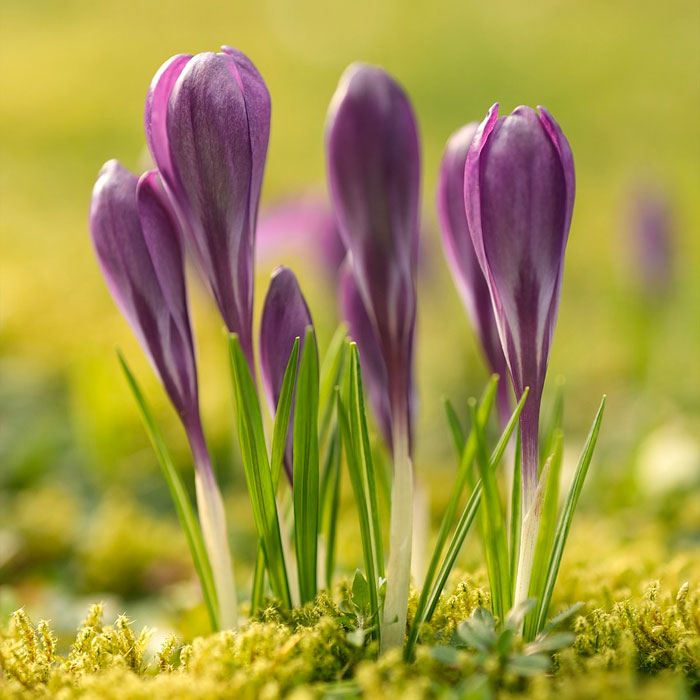
10. Watering corms.
Whoa, Nellie! Crocuses like it dry. When you plant them in the fall, tamp down the earth and give them a good watering, then forget about it. In the spring, there will be enough moisture in the ground from snowmelt. Water your evergreens instead — they need to head into winter well moisturized and will appreciate a drink in the spring.
– Shauna Dobbie Copyright©
Pegasus Publications Inc

